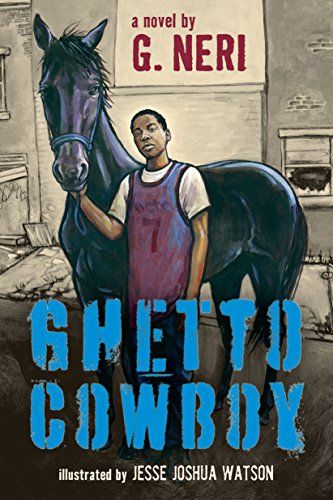The Real-Life Fletcher Street Riders Inspired Netflix's 'Concrete Cowboy'
The stables are based on real-life riding clubs in North Philadelphia.
New Netflix film Concrete Cowboy presents cowboys and horses in a different setting that the traditional Hollywood Western. The movie follows 15-year-old Cole, played by Stranger Things star Caleb McLaughlin, who's sent to live with his estranged father Harp (Idris Elba) in North Philadelphia after getting expelled from his high-school in Detroit. Harp is an urban cowboy, a member of a collective of horse-riders who have built stables in a city warehouse and graze their horses in a vacant grass lot among Philly row-houses and apartment buildings.
While Concrete Cowboy itself is fiction—it's based on Greg Neri's YA novel Ghetto Cowboy—the film is heavily inspired by the real-life riders of North Philly. Both the novel and film took inspiration from the Fletcher Street Riders, a community of Black horse-riders throughout North Philadelphia. The film takes inspiration from the overall Fletcher Street riding community, rather than one specific club or rider. Concrete Cowboy's writer-director Ricky Staub spent two years visiting the stables and getting to know riders from the Fletcher Street community before writing the script, and cast some real-life riders in the film.
The real-life Fletcher Street Riders, like the film's characters, are an integral part of their community, and teach horse-riding and the discipline it entails to Black kids in Philly to keep them out of trouble. Like the film, riding clubs in North Philly, including the Fletcher Street Urban Riding Club (FSURC), are fighting to preserve their heritage and find permanent stables amid a rapidly-gentrifying city.
Fletcher Street riding clubs have been mentoring young riders since the '40s.
The Fletcher Street riding community is comprised of riding clubs and independent riders that have cared for horses and given lessons to neighborhood children for centuries. One of these clubs, the Fletcher Street Urban Riders Club (FSURC) was founded in its current form by Ellis Ferrell in 2014, but some form of the club has been in existence for decades. According to the FSURC website, Ferrell has been riding horses in Philadelphia since the late 1940s, and opened his first stable of five horses to the neighborhood in 1980.
Since the '80s, children who visited the stables have been responsible for grooming and caring for the horses in order to build confidence, discipline and self-esteem. On the club's website, Ferrell says, “Horse riding is not only therapeutic and instills discipline, but it enables a sense of empowerment to the disenfranchised and those living in communities of hopelessness.”
The FSURC is invaluable to North Philadelphia residents, both for their work with the children of the community and their contributions to their neighborhood as a whole. In an interview with the blog Billy Penn, Strawberry Mansion Civic Association director Judith Robinson said that the Fletcher Street managers regularly bring the horses to residents' block parties and offer free lessons for elementary school kids. “The children love it. And we appreciate having this open space, because if you just look out your door you can imagine being somewhere far, far away,” said Robinson.
Real riders from the Fletcher Street riding community are cast in the movie.
Concrete Cowboy was filmed at the Fletcher Street stables, and riders from the Fletcher Street community are cast in the movie. Real-life riders in the cast include Ivannah Mercedes, who plays McLaughlin's love interest Esha, and Jamil "Mil" Prattis, who plays stable mentor Paris. At the end of the film, Mercedes, Prattis and other real-life riders in the cast talk about their experiences at the stables.
Stay In The Know
Get exclusive access to fashion and beauty trends, hot-off-the-press celebrity news, and more.
Mercedes says, "Yes, in North Philly, we ride horses. We take care of the horses. And I think that more people [should] know about it and knew how important the stable was to so many people, young people, who don't have anywhere else to go."
Michael Upshur, another Fletcher Street rider, says, “The stable does a lot for us. I can pretty much sit here and say that I'm in my forties right now, and I believe in my heart because of this stable that's why I don't have a felony on my record. It helps keep you on a straight path.”
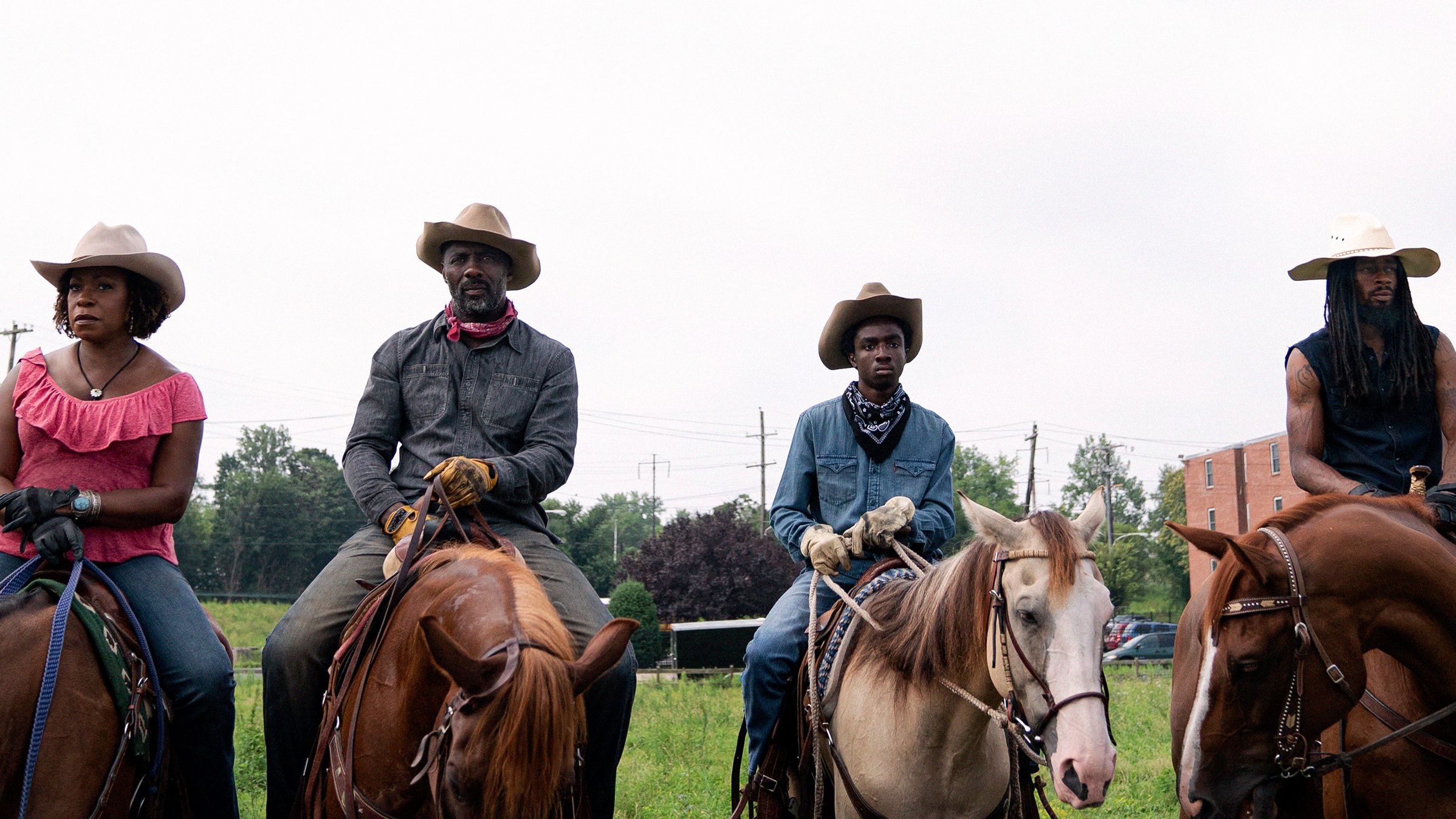
Ivanna Mercedes, Lorraine Toussaint, Idris Elba, Caleb McLaughlin, Jamil Prattis, and Cliff "Method Man" Smith in the film.
There's a centuries-long tradition of urban riding clubs across the U.S.
Though the popular image of the cowboy from Hollywood Westerns is a white man, most cowboys in the real-life Wild West were people of color. The cattle-farming tradition that inspired cowboy culture was first adopted by Mexican vaqueros in North America before Americans made their way west. Once Americans began cattle farming, Black men commonly worked with the herds, first as slaves and later as free, paid cowhands. As many as one in four cowboys were Black.
According to Smithsonian Mag, Black cowboys eventually migrated north, herding cattle up harsh trails to northern states and cities were beef was rarer and more valuable than in the South and West. They faced discrimination in the towns they traveled through, but in their riding crews they were respected as equals. Once railroads were built and jobs dried up, the cowboys were stuck in a rough transition, especially Black cowboys who could not easily buy their own land. Despite a lack of resources, the tradition of horse-riding was passed down from generation to generation of Black riders in urban cities, who organized into today's riding clubs.
Today there are several urban riding clubs across the country, aimed at continuing the horse-riding tradition and providing activities for their communities' young people. The afterword of the YA novel Ghetto Cowboy, which Concrete Cowboy is based on, says the book is inspired by "the real-life horsemen of North Philadelphia and the Brooklyn-Queens area," of New York. The 2020 book The Compton Cowboys tells the story of the Compton Junior Posse, an organization of Black riders in Richland Farms, a semi-rural area of Compton, CA. There are also urban horse-riding organizations in Detroit and New Orleans.
The Fletcher Street Riders are still searching for a permanent home.
Though the events of Concrete Cowboy are fiction, the real-life Fletcher Street riding community has also faced gentrification and city-mandated seizures of their stables. As early as a few months after their founding in 20o4, FSURC's stables were seized by the city through eminent domain, and later their makeshift stables were raided by the SPCA and later bulldozed by the city. In 2014, the club moved to some of the community stables on Fletcher Street, but recently the city of Philadelphia has slated the lots for the development of senior affordable housing. A postscript at the end of the film says that "the city of Philadelphia is currently developing on the Fletcher Street community's land. Like generations of cowboys before them, they ride on in search of a permanent stable to preserve their heritage.”
In 2019 riders from the Fletcher Street Stables, in partnership with the Concrete Cowboy filmmakers and the late rider Eric Miller, founded the nonprofit Philadelphia Urban Riding Academy, with the goal of preserving the urban cowboy community and providing riding lessons for kids in North Philly. They have an official GoFundMe called "Fresh Start for Philly Youth," with a $2 million goal to fund a new facility in downtown Philly. The GoFundMe says that the new facility would have stabling for 20-25 horses, paddocks, indoor and outdoor arenas and classroom space for their youth and veteran programs.
The FSURC also has an official GoFundMe called "Help FSURC Get Back In The Saddle," organized by FSURC founder Ellis Ferrel. The GoFundMe says that the money would go toward providing "free access to horses and riding instruction to any person willing to learn." The description also says that donations will be used for horse feed, hay, grooming supplies, medical costs, building materials for stall repair and a documentary funded fully by the club. Though FSURC is not affiliated with Concrete Cowboy, since the movie has come out, the GoFundMe has exceeded its $100,000 goal.
This article has been updated.
Quinci is a Culture Writer who covers all aspects of pop culture, including TV, movies, music, books, and theater. She contributes interviews with talent, as well as SEO content, features, and trend stories. She fell in love with storytelling at a young age, and eventually discovered her love for cultural criticism and amplifying awareness for underrepresented storytellers across the arts. She previously served as a weekend editor for Harper’s Bazaar, where she covered breaking news and live events for the brand’s website, and helped run the brand’s social media platforms, including Instagram, Facebook, and Twitter. Her freelance writing has also appeared in outlets including HuffPost, The A.V. Club, Elle, Vulture, Salon, Teen Vogue, and others. Quinci earned her degree in English and Psychology from The University of New Mexico. She was a 2021 Eugene O’Neill Critics Institute fellow, and she is a member of the Television Critics Association. She is currently based in her hometown of Los Angeles. When she isn't writing or checking Twitter way too often, you can find her studying Korean while watching the latest K-drama, recommending her favorite shows and films to family and friends, or giving a concert performance while sitting in L.A. traffic.
-
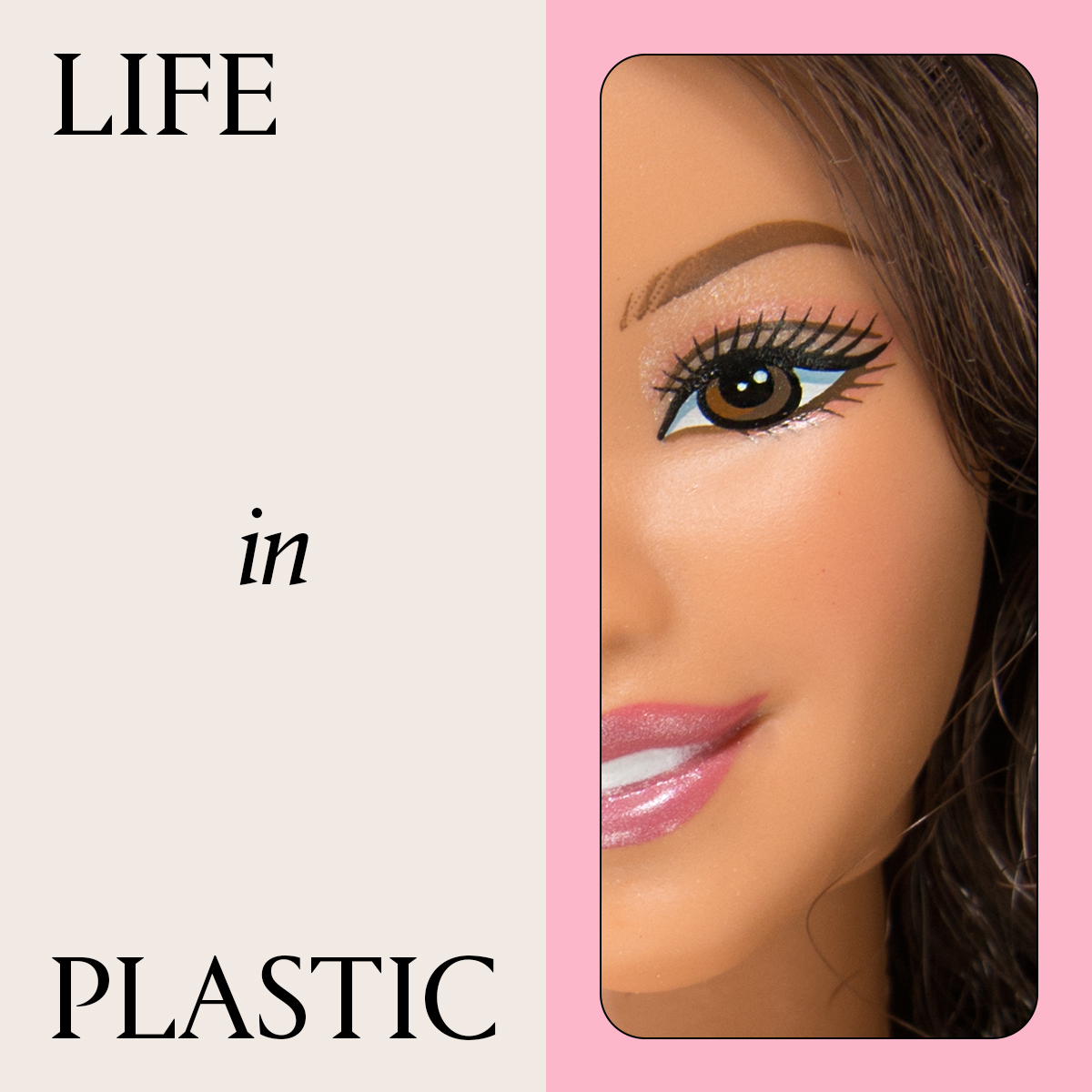 I Injected My Body's "Liquid Gold" to Address Undereye Fine Lines and Dark Circles
I Injected My Body's "Liquid Gold" to Address Undereye Fine Lines and Dark CirclesBut would I do it again?
By Michelle Rostamian
-
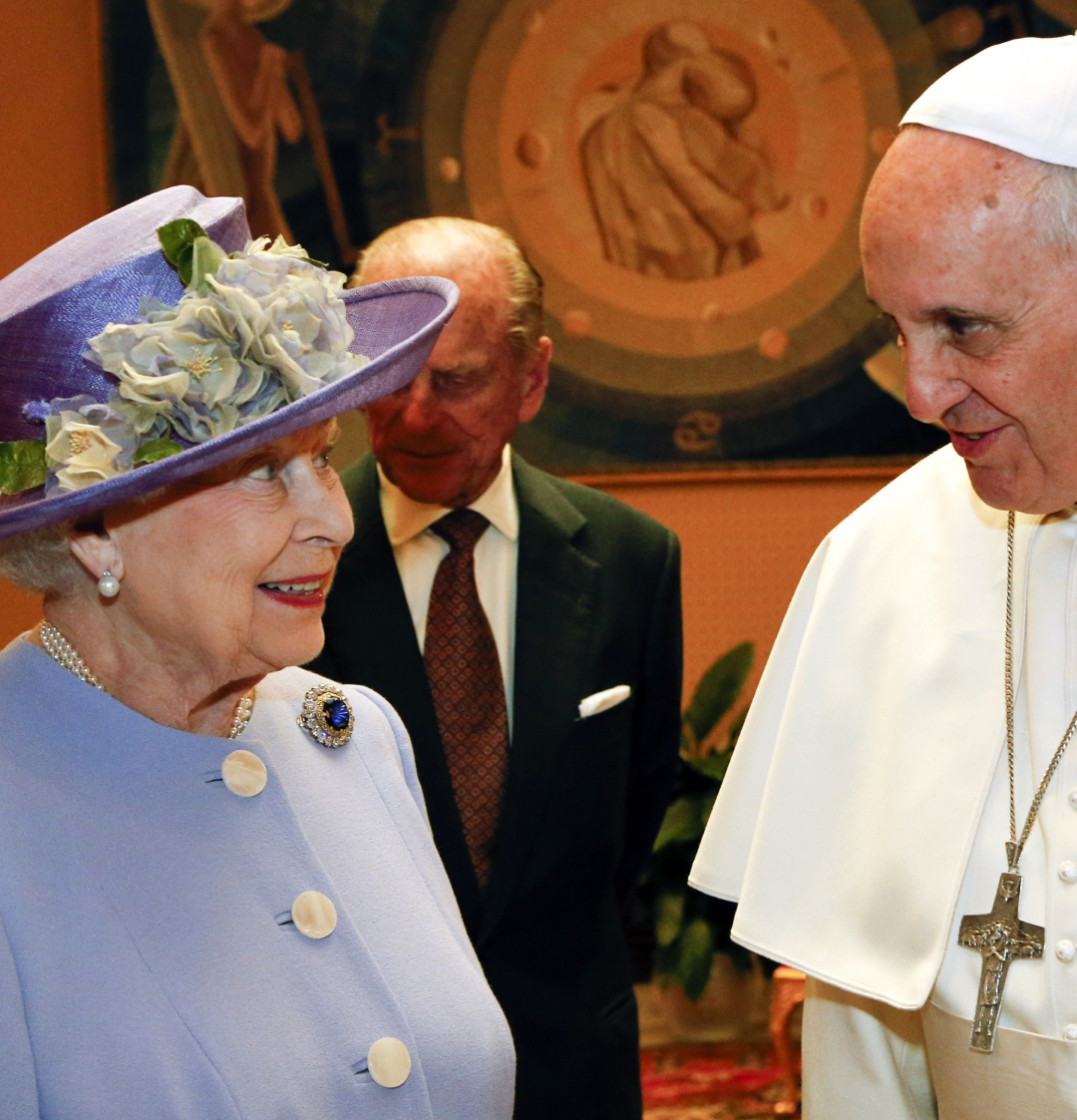 Queen Elizabeth Gave the Perfect Response When Pope Francis Presented Her With Priceless Gifts for Prince George
Queen Elizabeth Gave the Perfect Response When Pope Francis Presented Her With Priceless Gifts for Prince GeorgeThe late pope spared no expense when it came to treating the infant prince in 2014.
By Kristin Contino
-
 Want Healthier-Looking Hair? This Unexpected Beauty Product Might Be the Answer
Want Healthier-Looking Hair? This Unexpected Beauty Product Might Be the AnswerSkip the shampoos, glosses, and treatments.
By Marie Claire Editors
-
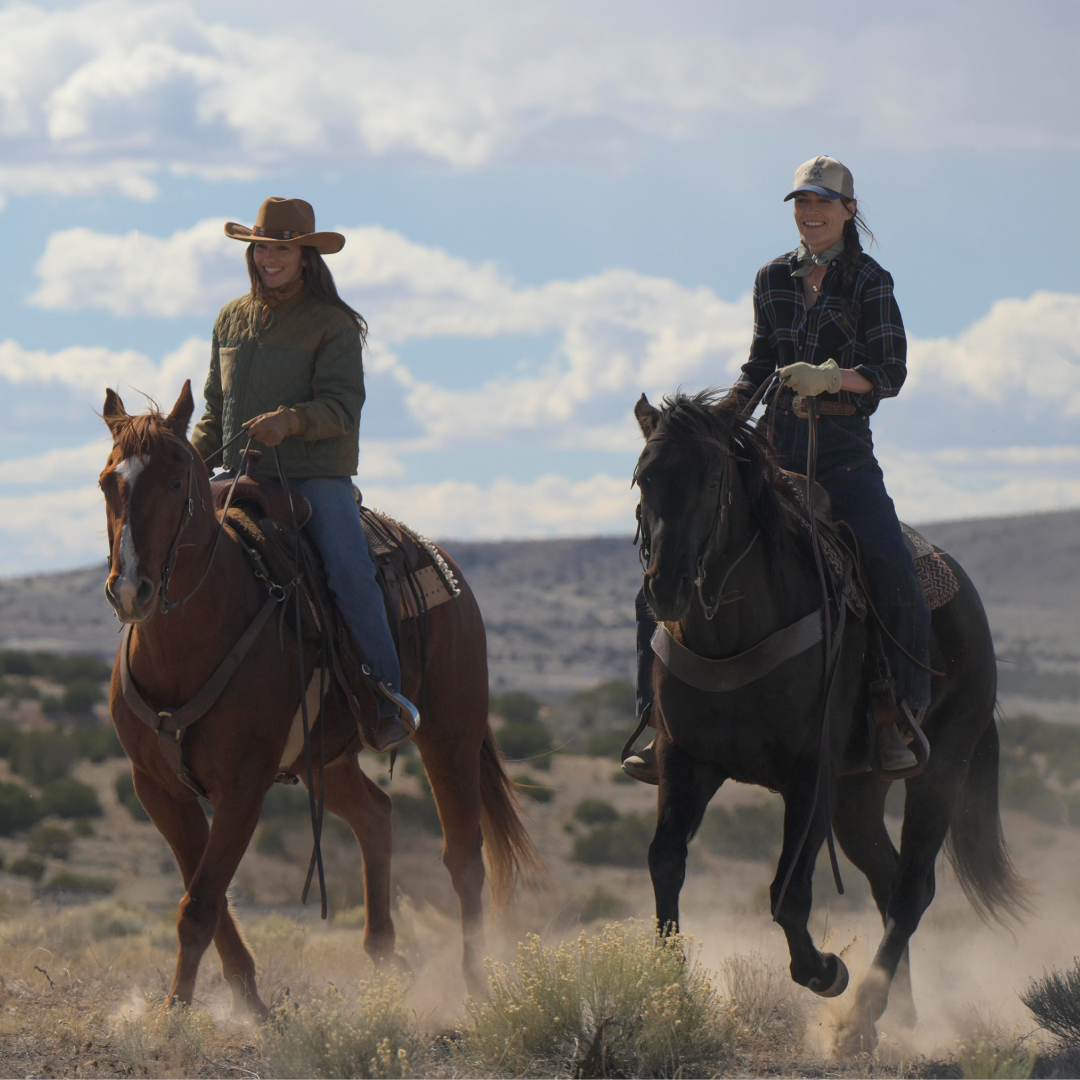 Is 'Ransom Canyon' A Real Place? What to Know About the Netflix Western's Filming Locations
Is 'Ransom Canyon' A Real Place? What to Know About the Netflix Western's Filming LocationsHere's what to know about the real-life ranches featured in the Netflix series.
By Quinci LeGardye
-
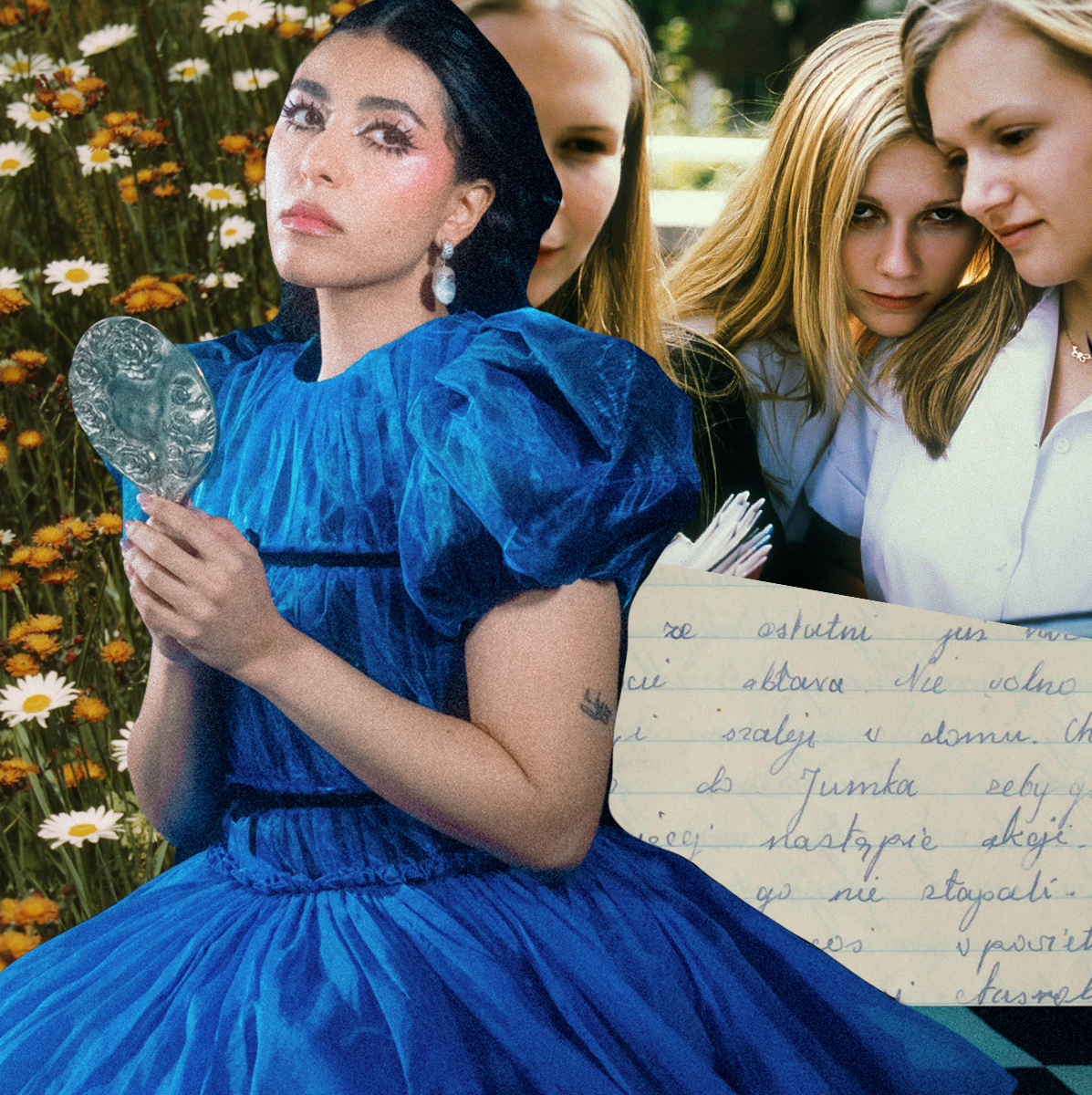 After 25 Years, 'The Virgin Suicides' Is Still Influencing Artists Like Me
After 25 Years, 'The Virgin Suicides' Is Still Influencing Artists Like MeTo coincide with the film's anniversary, Mia Berrin from Pom Pom Squad reflects on what it's meant to her artistic journey.
By Sadie Bell
-
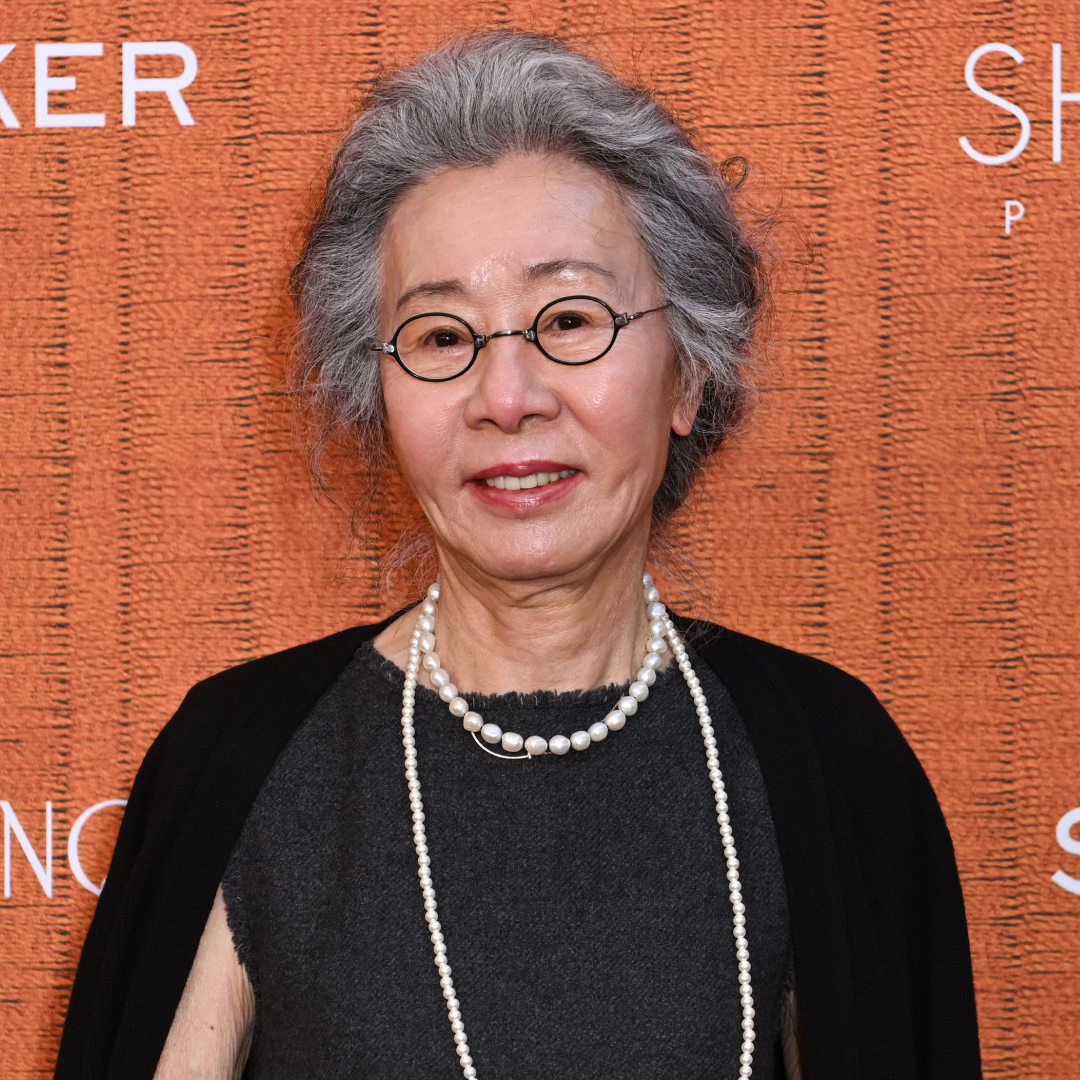 Youn Yuh-jung Poured Her Heart Into 'The Wedding Banquet'
Youn Yuh-jung Poured Her Heart Into 'The Wedding Banquet'The Oscar winner shares why the LGBTQ+ rom-com hit close to home and the message she hopes it sends to ''conservative'' Koreans.
By Quinci LeGardye
-
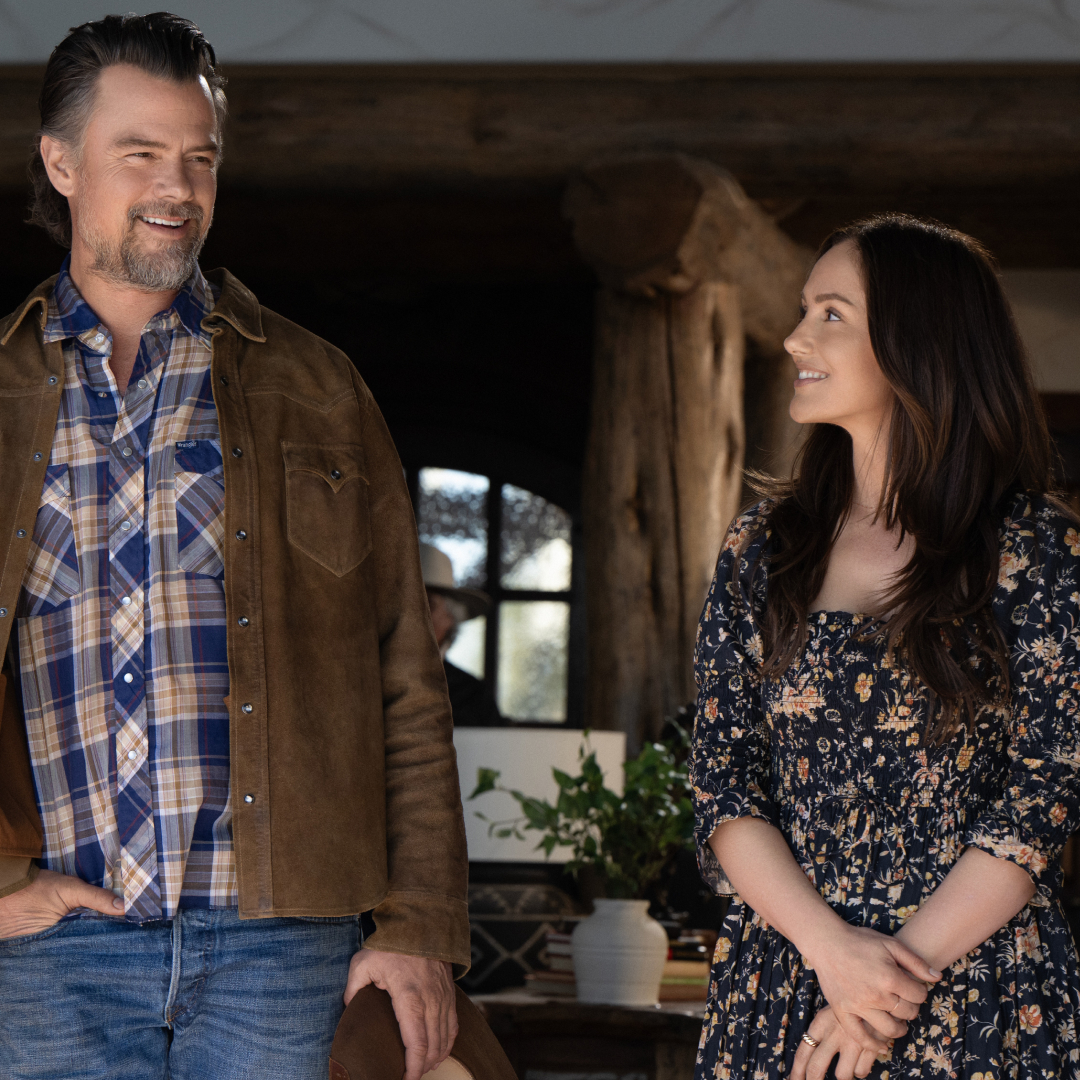 'Ransom Canyon' Season 2: Everything We Know
'Ransom Canyon' Season 2: Everything We KnowWe're dying to see where the show's central will-they-won't-they goes next.
By Radhika Menon
-
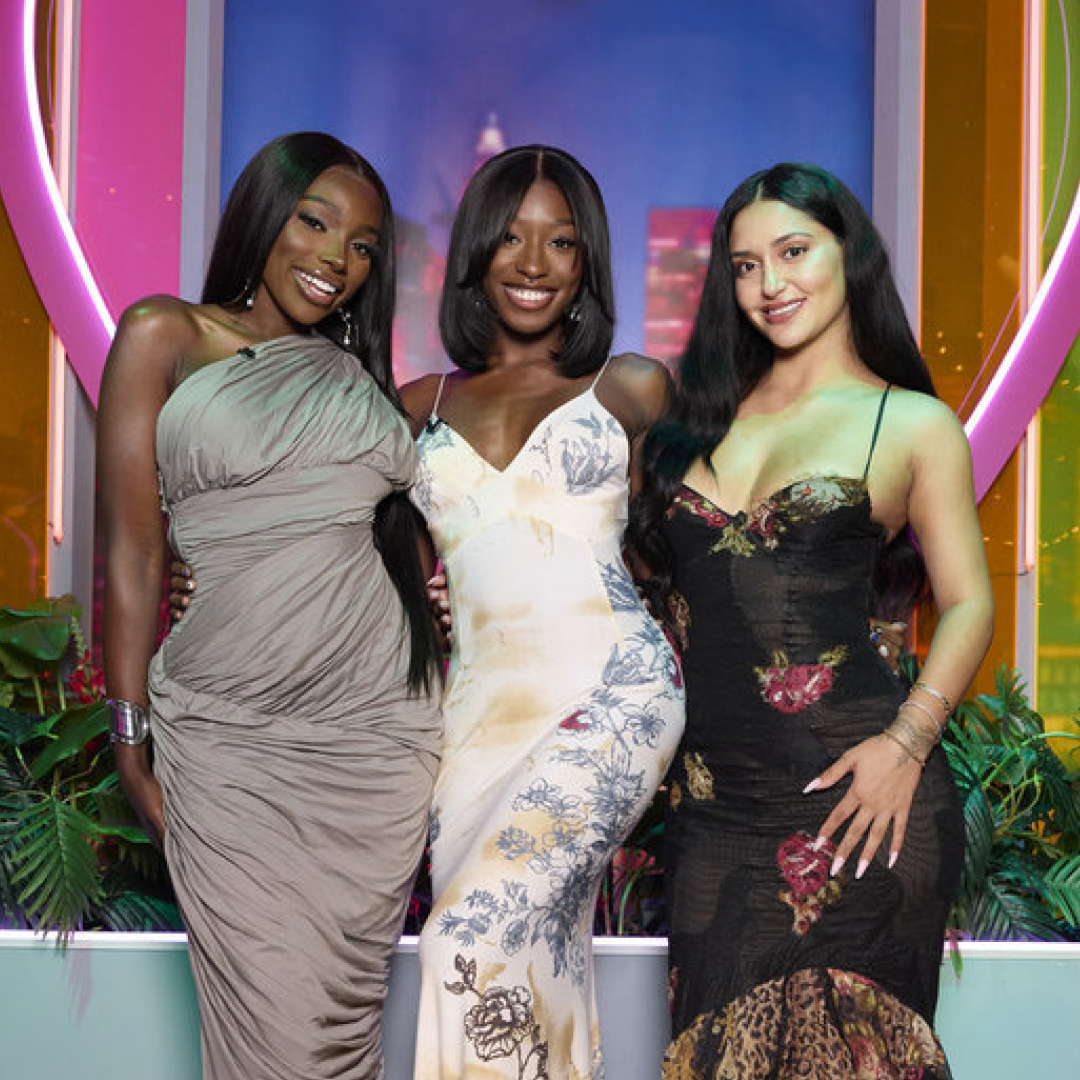 The Stars of 'Love Island USA' Season 6 Will Return to Our Screens This Summer
The Stars of 'Love Island USA' Season 6 Will Return to Our Screens This SummerWe're already clearing our summer schedules for 'Love Island: Beyond the Villa.'
By Quinci LeGardye
-
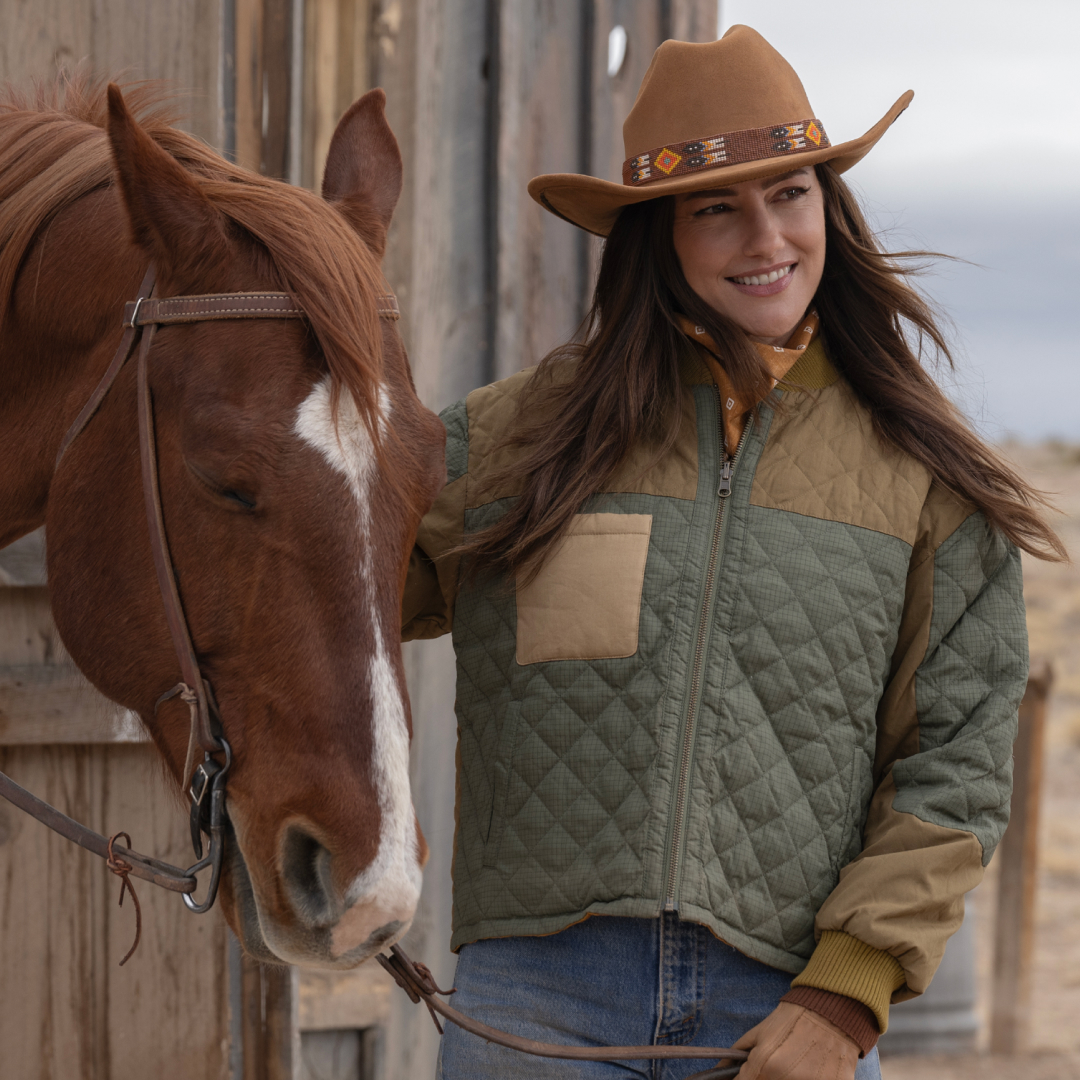 What to Know About the 'Ransom Canyon' Cast
What to Know About the 'Ransom Canyon' CastMove over, 'Yellowstone,' a new ranching series is in town.
By Radhika Menon
-
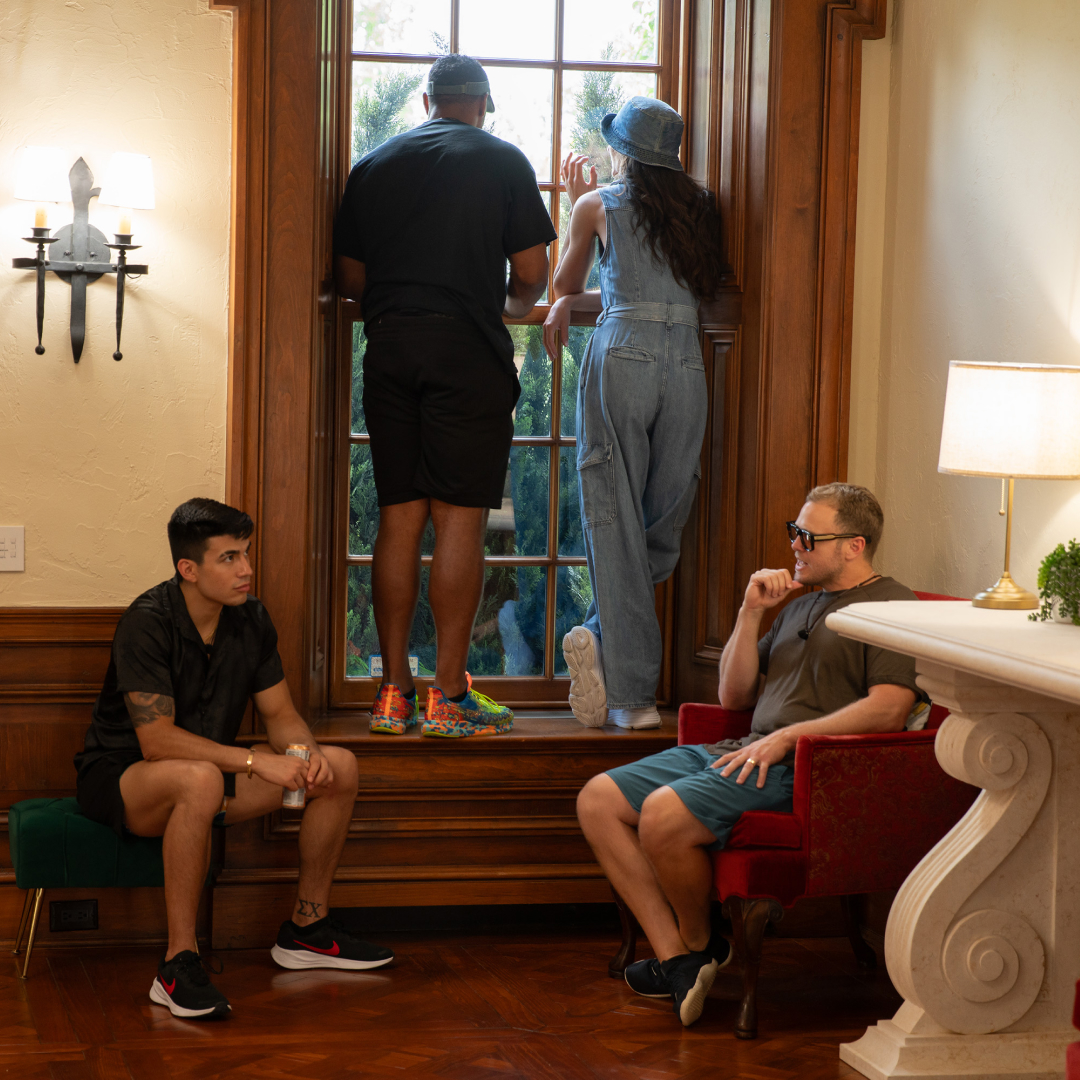 Where Is 'Got to Get Out' Filmed? What to Know About the 80-Acre Luxury Estate in the Hulu Reality Show
Where Is 'Got to Get Out' Filmed? What to Know About the 80-Acre Luxury Estate in the Hulu Reality ShowA new competition series's eyecandy filming location has entered the chat.
By Quinci LeGardye
-
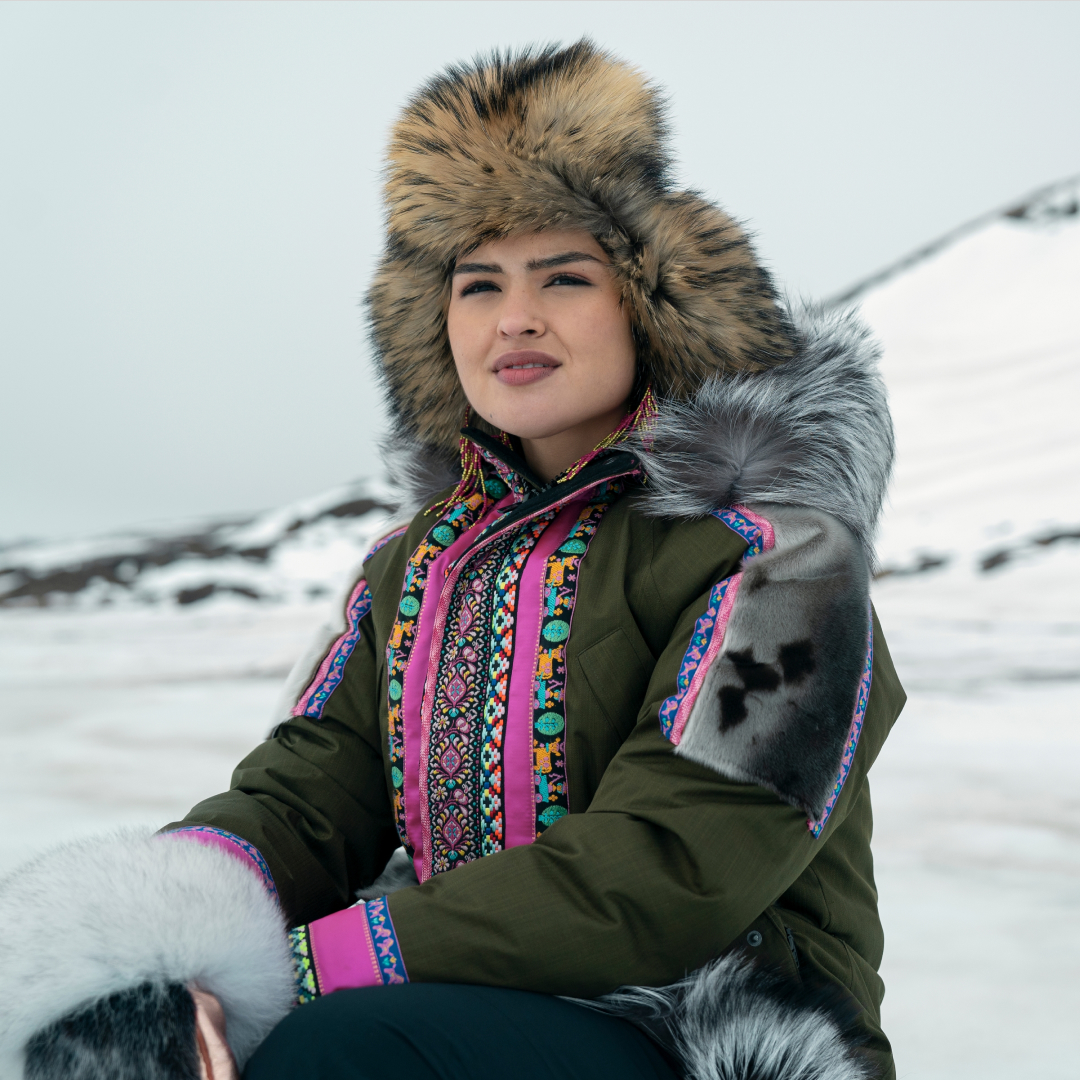 What to Know About the 'North of North' Cast
What to Know About the 'North of North' CastThe new comedy follows a modern Inuk woman determined to transform her life.
By Quinci LeGardye
